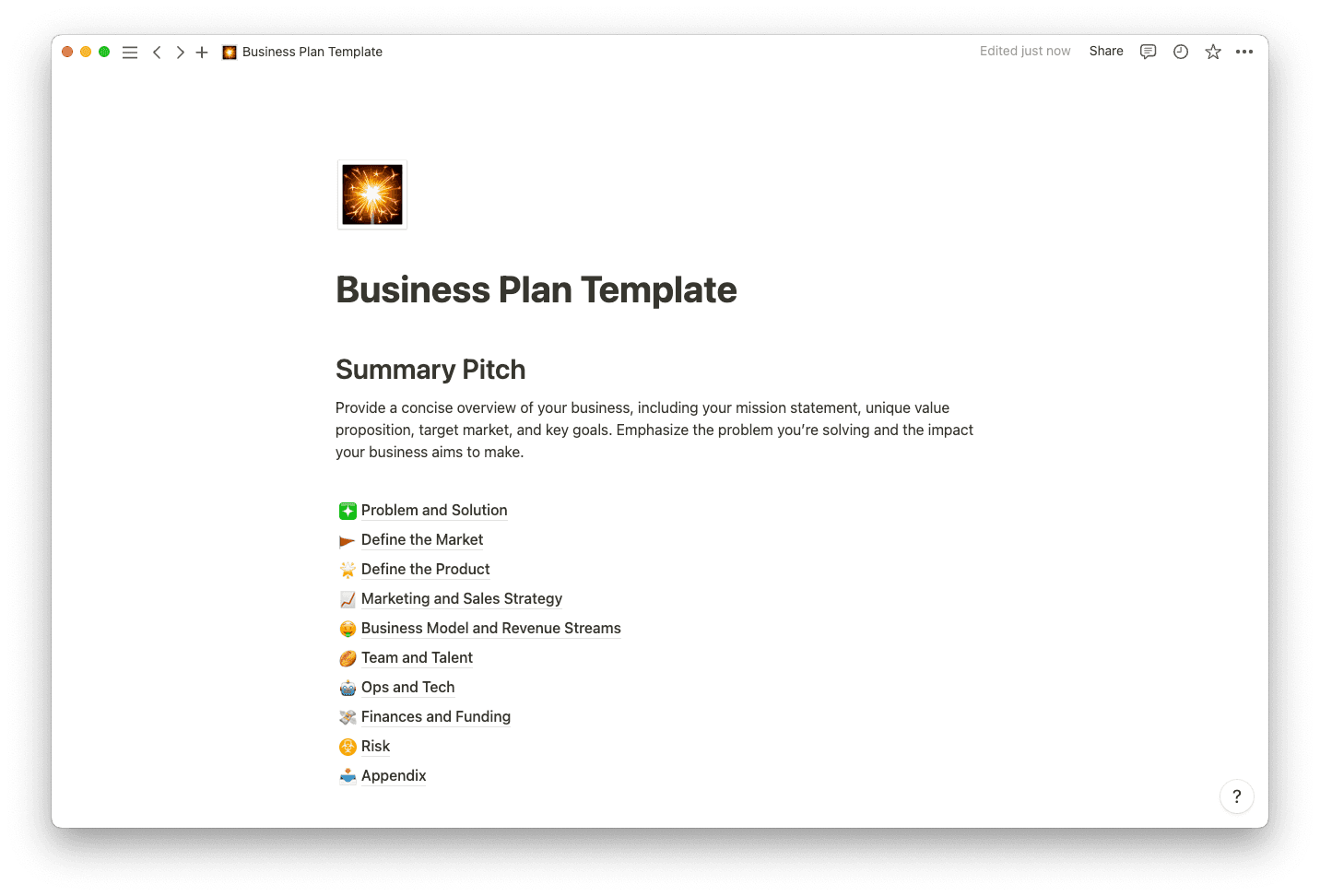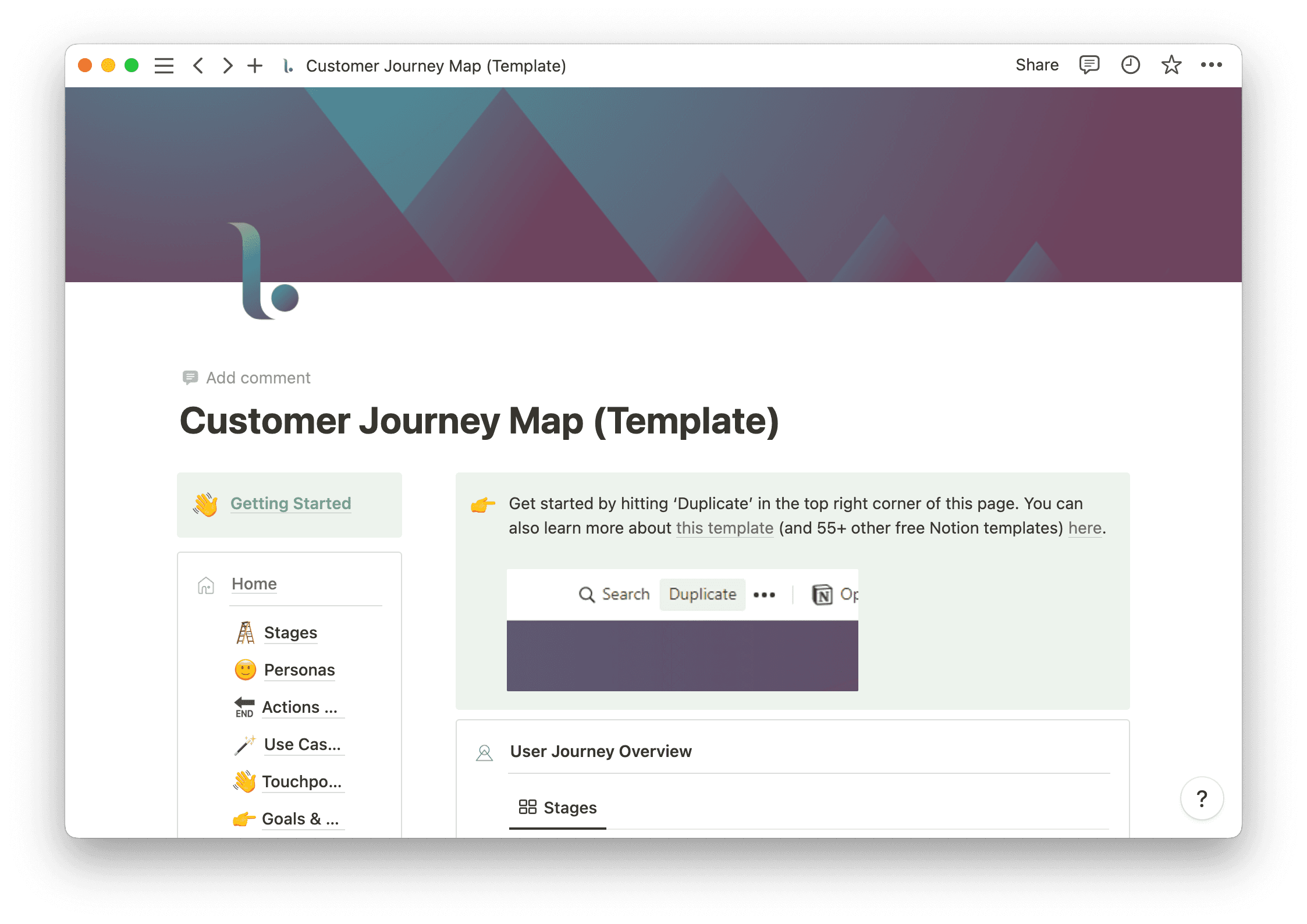Marketing is everywhere: squeezed in the sidebars of webpages, peppered into our social media feeds, and woven into the dialogue of our favorite shows. If your business is going to compete with all these other messages, you need a plan.
That might sound intimidating, but it’s a completely doable task. The upside of advertising’s ability to be everywhere, from billboards to blog posts, is that marketers have options. And when you take advantage of different channels with quality content, you can capture the attention of your target audiences.
It’s time to think creatively. Here’s how to create a marketing plan that holds its own in a competitive crowd.
What’s a marketing plan?
A marketing plan describes the different routes by which a company advertises its products or services. It’s a comprehensive, multi-faceted strategy that details how your organization will use several mediums — such as social media, print, or email advertising — to reach your ideal demographic.
This plan usually begins with a business summary consisting of:
A mission statement
A list of marketing goals
An audience profile
A competitive analysis
Next, you map out detailed strategies for marketing across your business’s various channels. Stakeholders reading the plan should understand the intended impact of each of your initiatives and how you’ll work to implement and achieve them.
Types of marketing plans
Marketing plans can consist of broad strokes or detailed approaches. A general strategy includes your primary marketing objectives across all channels, but you can also draft and tailor plans narrowed in on specific goals and mediums.
Here are a few types of targeted marketing plans:
Content marketing plan — a content marketing plan describes how your organization will reach its target audience with blog pieces, infographics, or other informational materials that interest and provide value to viewers. This type of content can establish your brand as an authority and broaden its reach.
Social media marketing plan — a social media plan defines how your company will leverage applications such as Instagram, Facebook, and Twitter to reach potential clients. An example of a marketing plan for social media would be setting engagement goals, like gaining a certain number of followers or likes, and mapping the route to achieve the metrics.
Product launch marketing plan — your business might implement this type of marketing plan when you have a new product to unveil. Product launches often take a multi-channel approach to generating interest in the upcoming release.
Marketing plan outline (with examples)
Teams can get the hang of making a marketing plan by starting with a general one that includes everything from a business description to channel strategies. From there, marketers can create more targeted growth or channel plans.
Here’s what a general outline should include:
1. Business summary
The business summary comprises the company name, mission statement, and a list of marketing leaders. Think of this part of the document as something you can share with stakeholders who want to learn about your business’s values, operations, and marketing team at a glance.
2. Goals
What’s your company aiming to achieve through its marketing efforts? In this section, you may include a SWOT analysis (strengths, weaknesses, opportunities, and threats) to determine how the marketing plan will tackle issues facing the sales funnel.
For example, a SWOT analysis might determine your company isn’t reaching the younger end of the market and identify the opportunity to launch a campaign that resonates with this demographic. This analysis then drives further initiatives, like a targeted social media campaign.
3. Target market analysis
Describe the buyer persona of your company’s target audience. This will likely require some market research. List the age, geographical location, pain points, desires, and other traits of the demographic and identify the most effective channels to reach them. For instance, a clothing brand hoping to bring in college-aged buyers may aim to promote its product in boutiques that serve and bring in shoppers of this age group.
4. Competitive analysis
To stand out from the competition, you must know who you’re up against. This section covers research you conduct about similar products or services in your market and establishes their value proposition — that is, what sets them apart from the competition. You should include a breadth of information including competing companies' positions, market share, and marketing strategy.
In your research, you could discover that a competing clothing brand advertises its products to younger demographics by sponsoring music festivals and selling at pop-up booths on the grounds.
5. Marketing strategy (including channels)
This section of the plan should include general and channel-based marketing strategies. The general strategy must cover the seven Ps, which include the price of products, place of marketing, promotional efforts, and people (target audience).
Channel-specific information consists of your unique approaches to each relevant advertising mechanism, such as a social media marketing plan to gain 1,000 new Instagram followers through a Story giveaway.
6. Budget
Marketing is an investment — which means you need a budget to outline spending. There are many strategies, like grassroots social media posting, which are excellent and free forms of marketing. But if your company has the resources, you probably want to pursue paid advertising, too.
The budget should cover all expenses for social media, web, and print ad campaigns, marketing technology such as customer relationship management (CRM) tools, and special events. Create a detailed spreadsheet that breaks down each initiative’s relevant projected costs.
How to create a marketing plan
You know what your marketing plan should include, but how do you make one that meets the mark? Do your research. It’s the only way to learn how your competition markets, what your target audience wants, and how much you can afford to spend.
Set yourself up for success with the following steps:
1. Perform a situation analysis
A great marketing plan is an informed marketing plan. Run a situation analysis on your business that assesses the SWOT criteria and research competitors’ hold on the market. With this information, you better understand how to compete and who you’re competing against, plus any risks you may incur.
2. Research your target market
You might have incredible marketing ideas, but if they don’t resonate with your target audience, they won’t bring in results. Define the demographic you want to target and research consumer trends. Then, determine how your product can make their lives better or easier.
3. Set goals (and make them SMART)
SMART goals are specific, measurable, achievable, relevant, and time-bound. They’re particularly effective because the desired outcomes are clear and reasonable, and you can use key performance indicators to know when you’ve succeeded. And once you have finite targets, you can determine the action items that’ll drive your efforts.
A SMART goal could be to increase your market share by 5% within a year. To measure progress, you should outline tangible metrics, such as increasing the share by roughly 2% over each quarter.
4. Strategize
Develop your channel strategies for reaching your goals and the target audience. Be as specific as possible: What exactly will you post on Instagram to reach your demographic? Perhaps it’s a series describing your products’ features, or an engaging giveaway promotion. Whatever the case may be, define the intent of these actions and the type of engagement you hope to garner.
5. Create a budget
Define a spending limit and research costs to understand how much you can do with each line of your budget. If you wish to allocate $2,000 for affiliate or influencer marketing on social media and another $5,000 for paid browser ads, ensure you fully understand how far that money can go — if your intention is to earn 100 new followers from influencer marketing but $2,000 only pays for a single post, that's likely an unrealistic goal. Don’t neglect to keep track of performance to inform future campaigns. And if you invest in a strategy that doesn’t pay out, shift course.
Marketing plan tips
Polish your plan with best practices to make it effective, accessible, and easy to follow. Here are a few tips:
Make it easy to use — store your marketing plan in a central location (like a shared drive) where everyone on your team can access it, and create a table of contents so team members can search for information quickly.
Include visuals — text-heavy plans can be tough on the eyes, so use visuals like charts and graphs where possible. This also helps make data and numbers easier to digest.
Have your brand kit ready — use consistent logos, fonts, colors, and voice across all channels. Creating and referencing brand guidelines will ensure a coherent, professional look for your company.
Templates and support for your marketing strategy
With so many options for marketing your business, launching your first campaign can feel intimidating. Organizing your ideas into concrete and thoughtful a plan makes the process manageable — and using templates and guides to support you streamlines the work.
Let us lend you a helping hand. Notion’s marketing plan page walks you through taking advantage of our platform to centralize key information into a wiki database, collaborating with our docs tool, and populating a marketing template with your plan.







